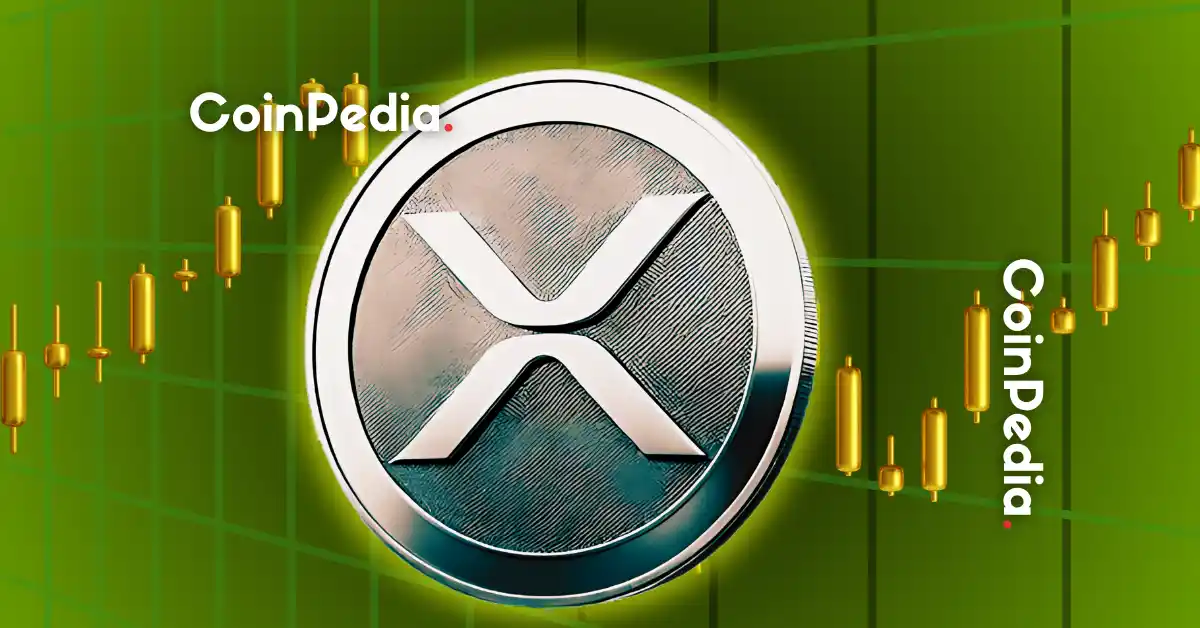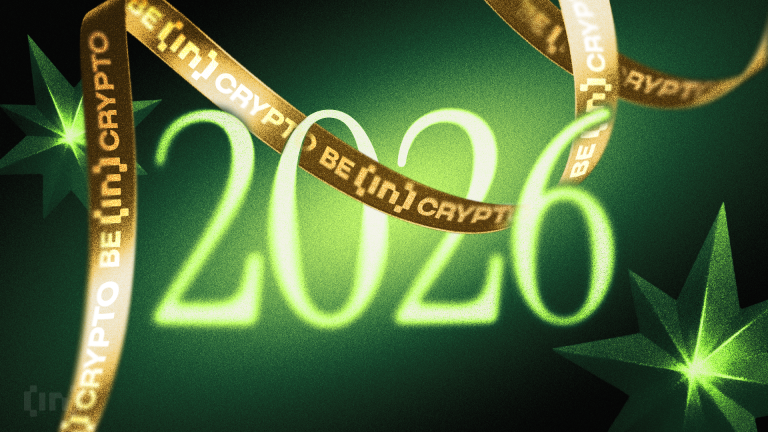
XRP and Stablecoins: Empowering the Future of Finance
The financial landscape is undergoing a seismic shift with the convergence of traditional banking and emerging blockchain technologies. At the intersection of this transformation lie stablecoins and XRP, two key players poised to redefine the digital economy. But what exactly is driving this change, and why is XRP being recognized as a fundamental piece of this growing ecosystem?
The Rise of Stablecoins: Digital Fiat in Action
Stablecoins are rapidly gaining traction as digital counterparts to fiat currencies. These assets are designed to maintain price stability, making them suitable for transactions, remittances, and decentralized finance (DeFi) applications. Categories of stablecoins include those issued by central banks, known as Central Bank Digital Currencies (CBDCs), and those minted by regulated private institutions. Popular examples include Tether (USDT) and USD Coin (USDC).
Unlike traditional cryptocurrencies, stablecoins are backed by real-world reserves such as fiat currencies or equivalents. This backing ensures they remain relatively stable compared to the notorious volatility of assets like Bitcoin or Ethereum.
XRP: The Bridge to Faster, Global Settlements
Although stablecoins are integral, they remain tied to fiat’s debt-based structure, leaving room for innovation in settlement mechanisms. XRP, powered by RippleNet, emerges as the key enabler of on-demand liquidity (ODL). By facilitating rapid, borderless transactions using XRP as an intermediary currency, it addresses inefficiencies plaguing traditional banking systems.
Major institutions like Santander, SBI Holdings, and PNC Bank have already integrated Ripple’s technology to accelerate cross-border payments. XRP is no longer seen purely as a speculative asset; it is evolving into a settlement commodity that powers tokenized assets and real-time financial transactions.
Regulatory Clarity: A Boost for Stablecoins
The passing of the GENIUS Act has introduced much-needed regulatory clarity, providing a structured framework for the stablecoin market to flourish. Ripple, taking full advantage of this momentum, is preparing to launch its own stablecoin, RLUSD, which will expand the digital reach of the U.S. dollar.
Ripple CEO Brad Garlinghouse emphasized the sector’s growth potential, stating: “The stablecoin market could grow almost ten times over the next few years, reaching $1 to $2 trillion in market capitalization.” These predictions not only highlight the opportunities for growth but also signal Ripple’s readiness to lead in compliance and scalability.
Challenges to Navigate
Despite the optimism, the path forward isn’t devoid of challenges. Volatility in the broader cryptocurrency market, algorithmic trading risks, and credit cycles tied to macroeconomic pressures must all be navigated. Over-leveraged players may face setbacks even as infrastructure steadily matures.
The Road Ahead for the Digital Economy
The consensus within the crypto community is clear: stablecoins represent the next iteration of fiat evolution. However, XRP’s role as a settlement infrastructure backbone ensures that it occupies a pivotal position in this transition. Together, these technologies offer a hybrid model where conventional finance merges seamlessly with decentralized innovations.
As financial institutions continue to adopt RippleNet and XRP, and with the growing recognition of stablecoins’ systemic importance, the digital economy is moving closer to becoming a reality. Investors and stakeholders would do well to understand XRP’s nuanced role in bridging traditional financial systems with blockchain technology.
Recommended Product
For those navigating the world of cryptocurrencies and looking for secure storage, consider the Ledger Nano X, a premium hardware wallet trusted by millions. This advanced wallet ensures your XRP, stablecoins, and other digital assets are kept safe in an era of increasing financial digitization.



